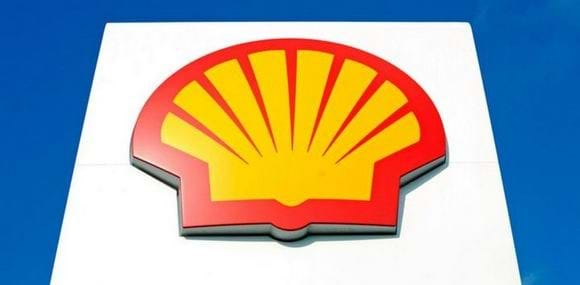Shell launches ‘blue’ hydrogen technology

SHELL Catalysts & Technologies, which licenses technologies and brings capabilities to market, has launched Shell Blue Hydrogen Process, which integrates proven technologies to significantly increase the affordability of greenfield “blue” hydrogen projects.
The term blue hydrogen refers to hydrogen produced using fossil fuel resources with carbon emissions being captured and stored, or reused. Currently, “grey” hydrogen production, is most common. This is fossil-reliant production without emissions capture. Larger scale and lower emissions hydrogen production is needed to contribute to carbon neutrality and aid governments and companies in achieving net-zero goals. Additionally, affordable blue hydrogen can enable decarbonisation of hard-to-abate heavy industries while creating value for refiners and resource holders.
Blue hydrogen production is relatively easy to scale up to meet demand, says Shell. Furthermore, when a CO2 penalty of US$25–35/t is applied, blue hydrogen becomes more competitive against grey hydrogen. Shell’s new Shell Blue Hydrogen Process reduces the cost of hydrogen by 22% compared to processes currently on the market. Green hydrogen, produced using renewable-energy powered electrolysis of water, may still be more than double the price of hydrogen by 2030 and not achieve price parity by 2045, says Shell.
The Shell Blue Hydrogen Process integrates proven Shell gas partial oxidation (SGP) technology with ADIP ULTRA solvent technology. SGP technology transforms low value streams into syngas (CO and hydrogen) and ADIP ULTRA is used for CO2 removal.
Comparison to existing methods
Shell analysed its new process in comparison with current hydrogen production methods, conventional steam methane reforming (SMR) and autothermal reforming (ATR) technologies.
SMR is a common hydrogen production method which employs high temperature steam to produce hydrogen, along with CO and a relatively small amount of CO2, from a methane source such as natural gas. ATR combines steam methane reforming and partial oxidation in a single reactor. Inside a reformer, natural gas, oxygen, and steam are reacted to generate syngas.
According to Shell, its process enables a 22% reduction in levellised cost compared to ATR. Capital expenditure is reduced by 17% as operating pressure is higher, enabling use of smaller hydrogen compressors and CO2 capture and compressor units. Operating expenditure is reduced by 34% (excluding the cost of natural gas feedstock) as compression duties are reduced and steam generation increased. A key advantage of Shell’s SGP over ATR is that the partial oxidation reaction doesn’t require steam. Instead, the process generates sufficient steam to meet the demands of the process as well as for other power consumers.
Shell says that modelling comparing an ATR unit with the Shell Blue Hydrogen process lineup for 500 t/d of pure hydrogen generation showed that its proprietary process would have US$30m t/y operating expenditure; more than 99% CO2 capture; and 10 – 25% lower levellised cost of hydrogen.
Additional benefits include that feed gas does not require pretreatment, which simplifies the process lineup. SGP also offers greater feed flexibility as it is more robust against feed contaminants and can therefore accommodate a large range of natural gas qualities.
Compared with SMR, SGP technology offers even greater hydrogen production cost savings, according to Shell.
Shell began researching SGP technology in the 1950s. Currently, Shell has more than 30 active residue and gas gasification licensees, and there are more than 30 SGP gasifiers worldwide. At its Pearl gas-to-liquids plant in Qatar, 18 SGP plants with pure hydrogen capacity of 500 t/d each have been operating since 2011. Since 1997, at the Pernis refinery in the Netherlands, Shell has operated 1m t/y of CO2 capture capacity using SGP technology. Shell has carbon capture utilisation and storage experience through involvement with multiple projects in different phases if development and can offer key technologies and insights into CO2 capture, compression, transport, utilisation and storage.
Recent Editions
Catch up on the latest news, views and jobs from The Chemical Engineer. Below are the four latest issues. View a wider selection of the archive from within the Magazine section of this site.




